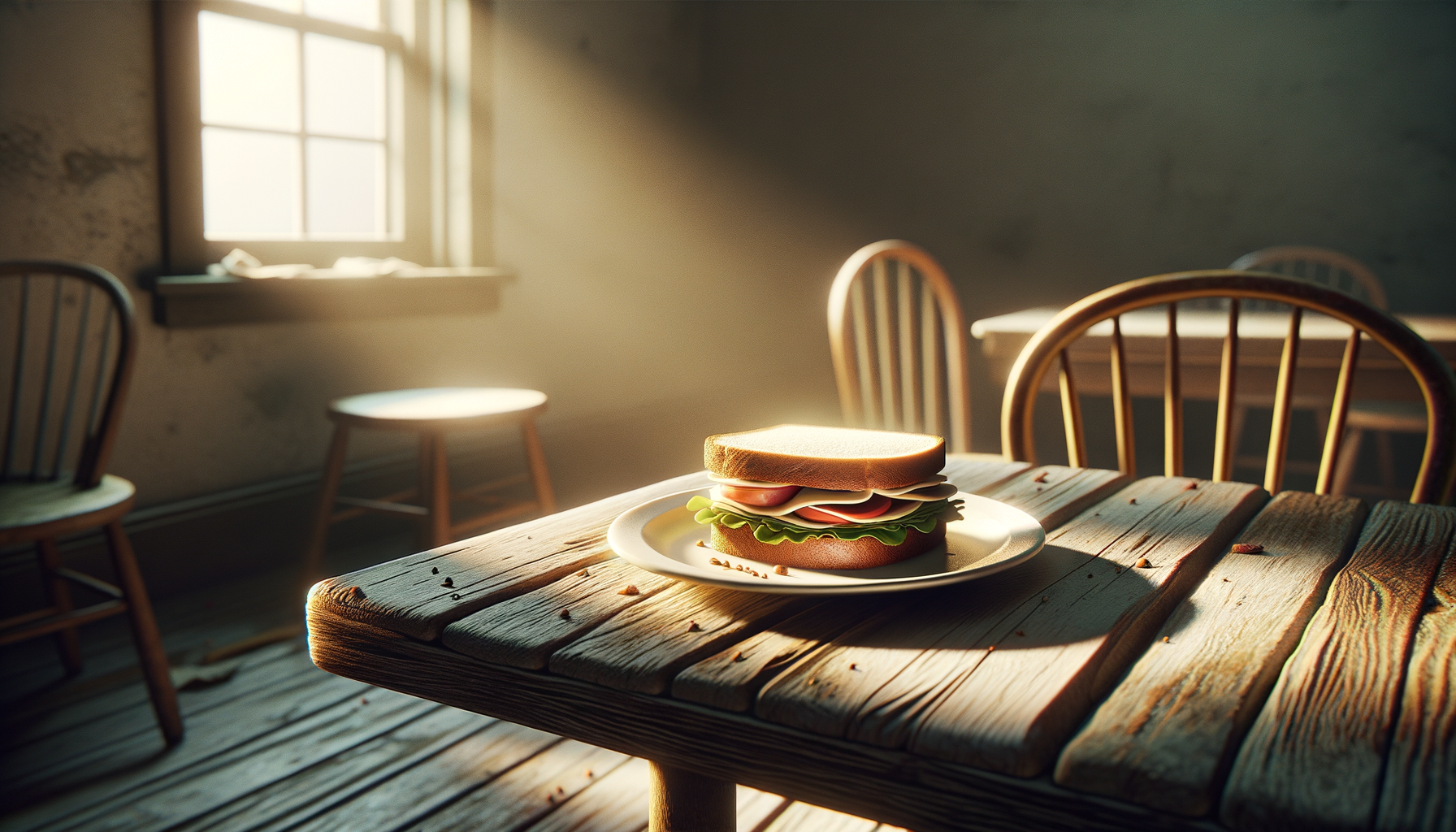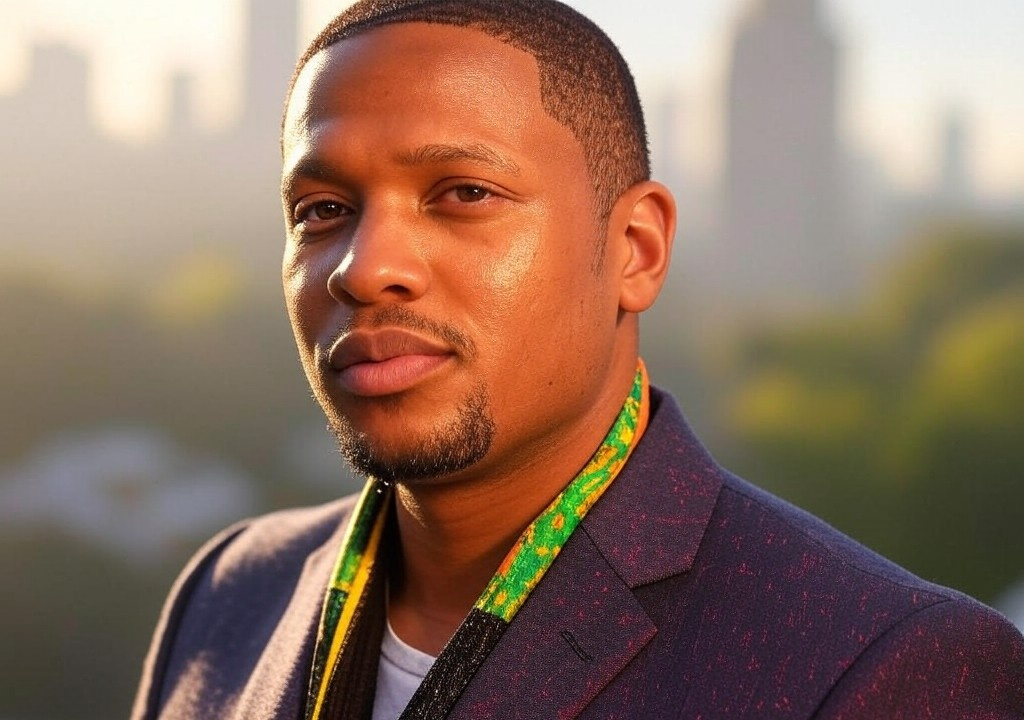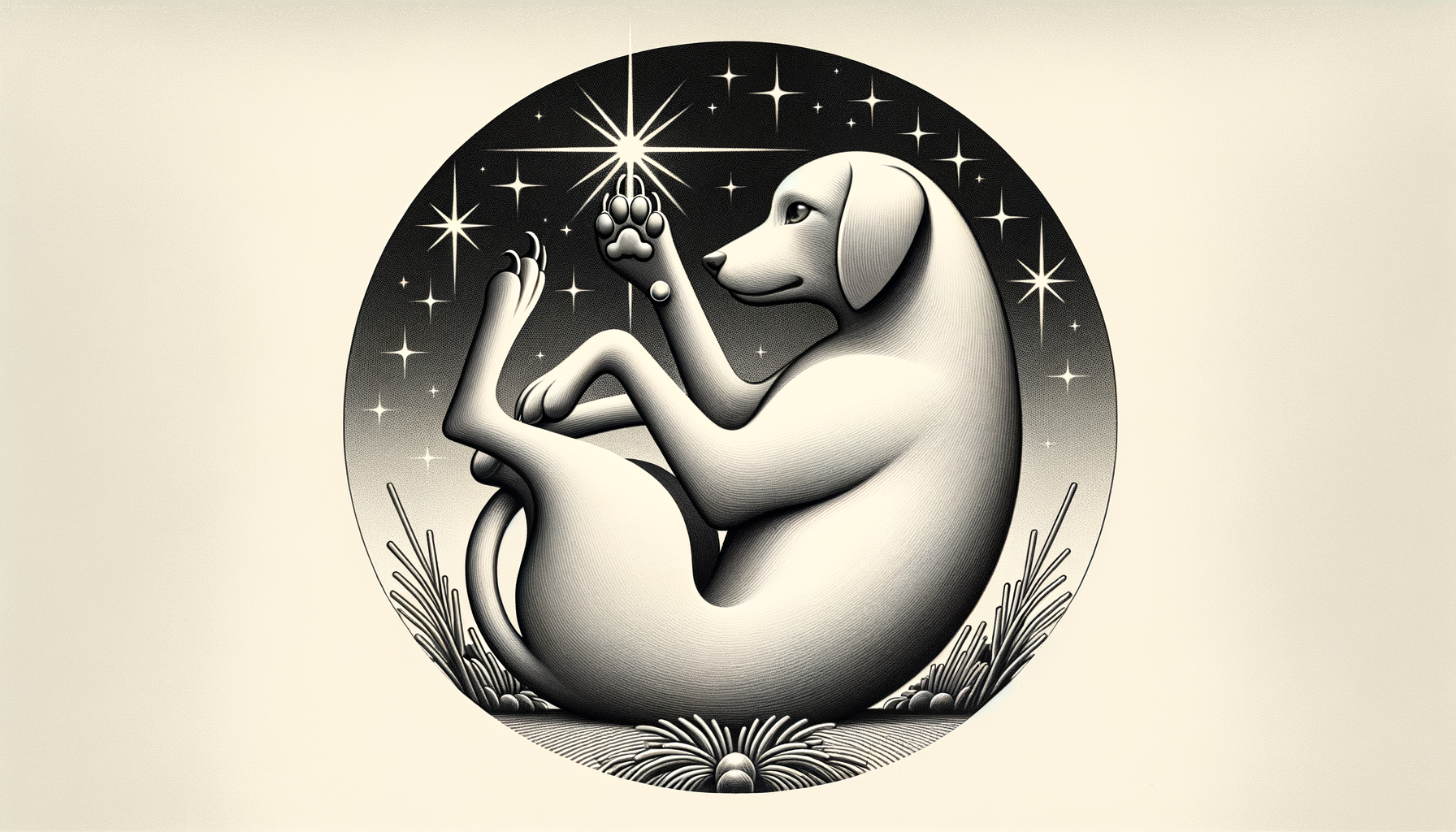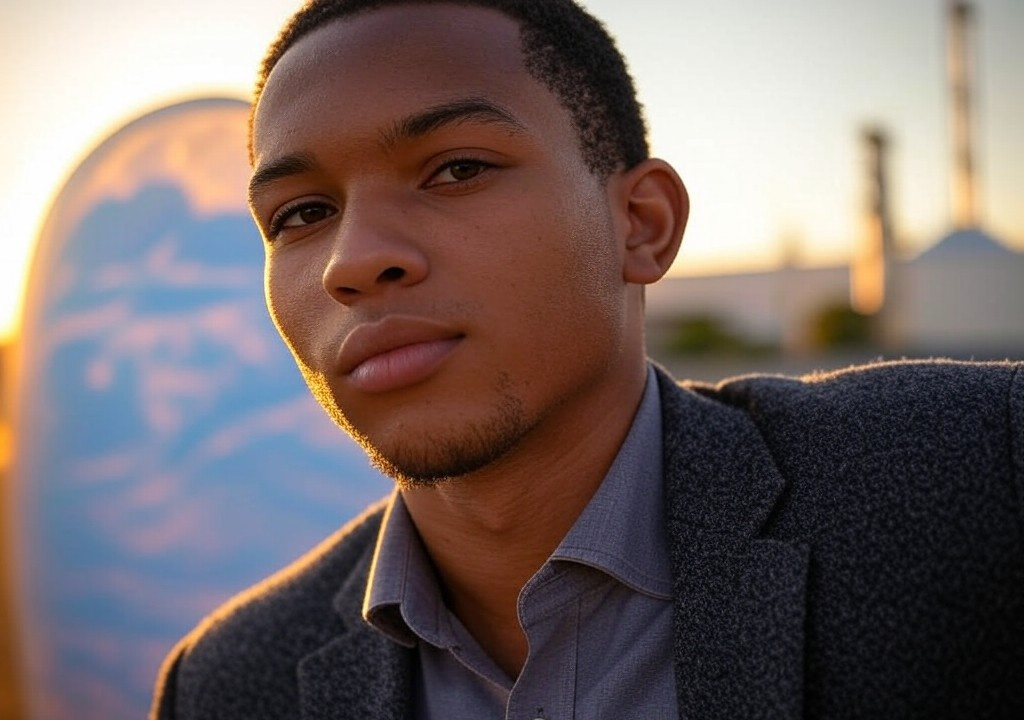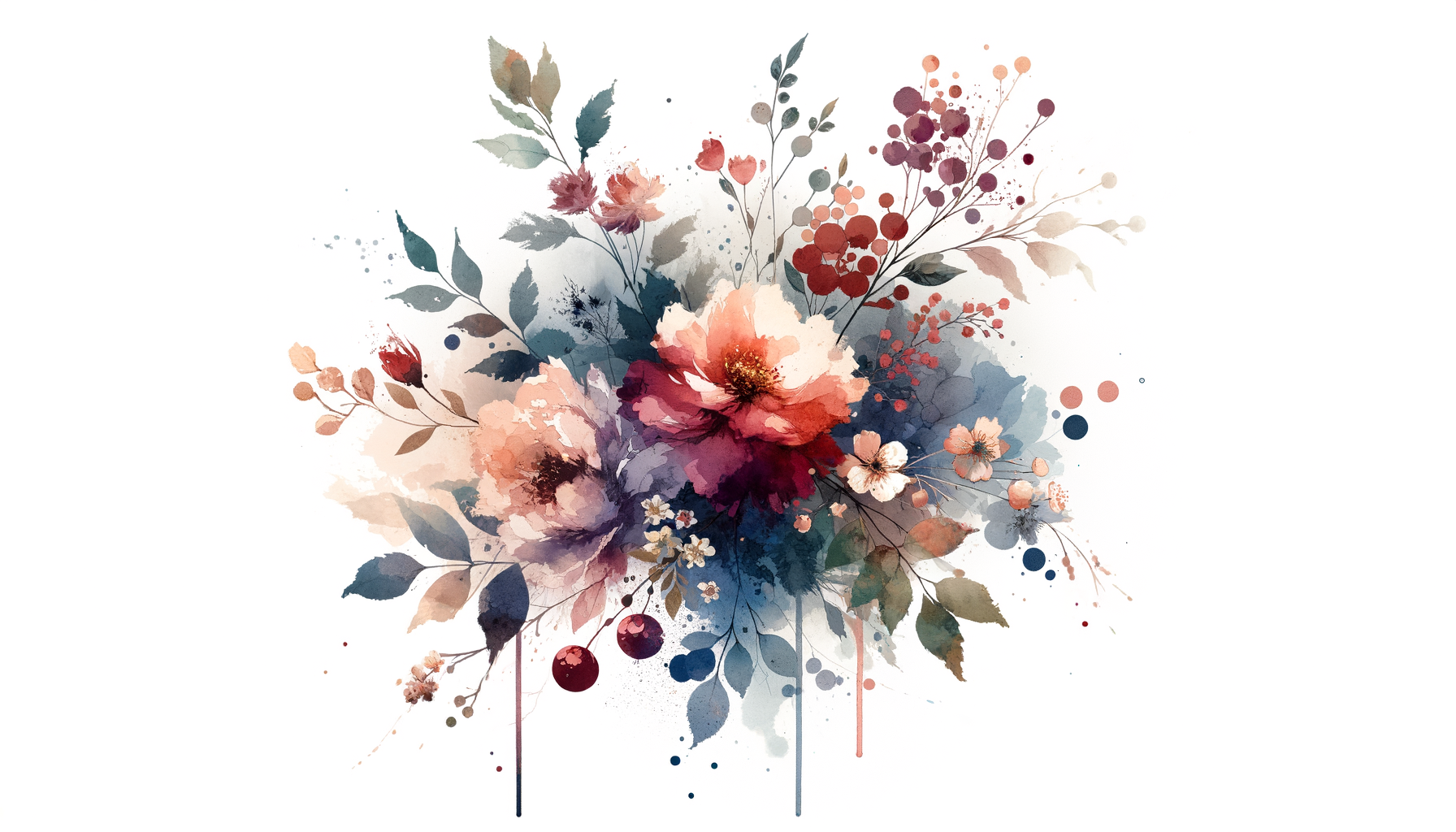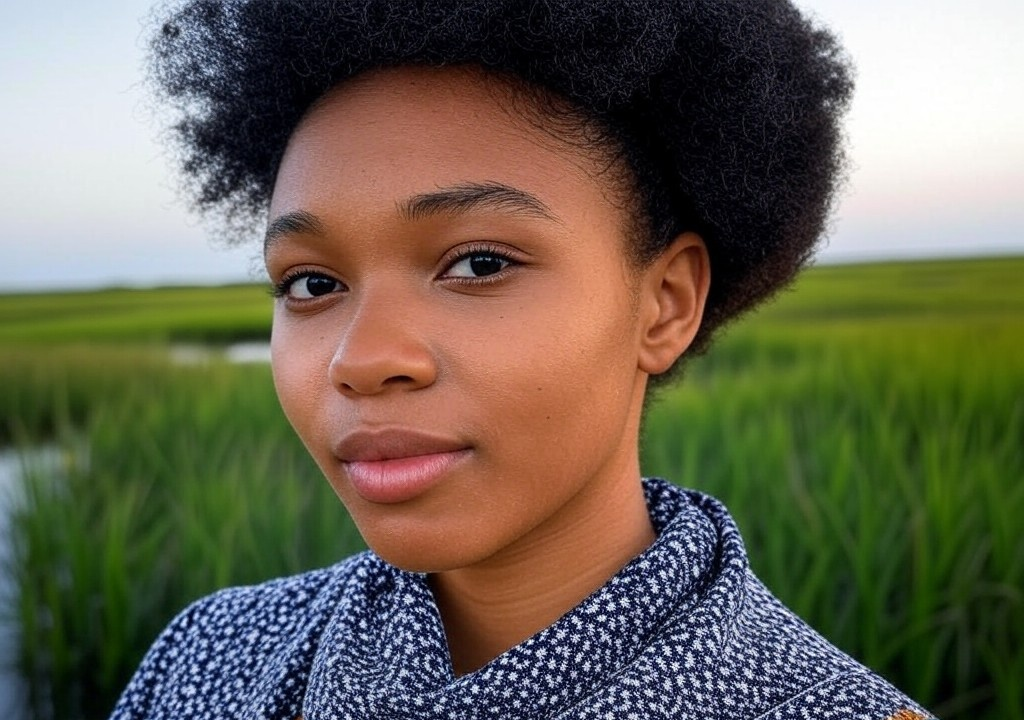The time I became a beekeeper for exactly 72 hours
How It All Started
It wasn’t supposed to be weird—or dangerous, for that matter. I pitched the piece as a quirky, human-interest story. You know the type: a boots-on-the-ground exploration of artisanal honey, the rise of urban beekeeping, and what it says about our ever-increasing nostalgia for slow, handmade things in a fast-food world. My editor, delighted by the buzz (sorry), gave me a green light, and I found myself calling up Theo—a guy in his forties with a salt-and-pepper beard who managed ten hives out of his Boise backyard.
“Why don’t you suit up?” he asked when I arrived. He handed me a pair of heavy white coveralls and a veil that smelled faintly of bonfire and fear. Surely this wasn’t necessary. Surely no one expected me, a journalist who once sprained her wrist trying to assemble an IKEA bookshelf, to actively participate in beekeeping.
Spoiler: They did.
My Bumble Encounter
The first five minutes went fine. Great, even. Theo lifted frame after frame from the hive, explaining the difference between worker bees and drones while I nodded along like I understood. Honestly, I was half-listening, too distracted by the sheer volume of insects. It was like standing inside a Kris Jenner-level hair dryer, the air thick and humming. But hey, the bees ignored me. I ignored them. Coexistence in its purest form.
Then it happened: One lone, rogue bee broke ranks and landed on my veil. A solid two inches from my eyeball.
Now, I know what you’re thinking—Leslie, chill out. Veils are designed for this exact situation. And you’re right. But in that moment, all I could think about was Macaulay Culkin’s tragic, bee-related fate in My Girl. Or that scene in Candyman where bees pour out of a guy’s mouth. My logical brain left the building, replaced by pure, primal panic.
"I think it likes you," Theo said, chuckling.
I could practically hear the headline writing itself: “Local Journalist Stung to Death in Search of Quirky Content.” So, against better judgment, I swatted at the veil. The bee retaliated with the fury of a taxidermied ex at a garage sale.
Bee-yond the Call of Duty
The sting didn’t kill me (obviously—I’m writing this). But it ramped up the adventure in ways I hadn’t anticipated. By day two of my “immersion,” Theo instructed me to help “harvest” the honey. This involved scraping wax caps off frames using what can only be described as an adult-size potato peeler, then spinning the frames in a centrifuge-like contraption.
For a moment, it felt almost meditative. The sound of honey dripping into buckets, the golden light catching every drop—it was something straight out of a Terrence Malick film. Even the bees seemed calmer, buzzing around like well-fed toddlers after nap time.
Then I got too comfortable.
Theo, bless his optimism, thought it would make for a better story if I tried lifting one of the “super” boxes, those wooden containers that house the hive frames. What he failed to mention is that each box weighs approximately the same as a slow-moving toddler riding a golden retriever. I managed to wobble it over to the edge of the setup before one of the frames slipped. A whole cast of bees spilled out and stormed upward like they had a group chat going: WHO IS THIS GIRL AND WHO LET HER TOUCH OUR HOUSE?
That’s when Theo stepped in with the smoker—basically a bee sedative in fog form—and saved my life. I don’t think I’ve ever been so relieved to see a 1970s camping device in action.
Lessons in Buzz (and Rejection)
Looking back, those 72 hours were like dating someone wildly incompatible. At first, everything is exciting and new—you're getting a glimpse into their world, learning their quirks, pretending you like indie folk music or fermented tea. But then reality sets in, and you realize that love cannot bloom between you and Jeff-who-owns-three-snakes. Bees and I were destined for the same breakup.
That said, weird experiences often come with weird lessons. So here’s what I learned:
- Not everything is as scary as it seems. Sure, bee swarms look like nature’s version of a flash mob, but they’re surprisingly chill if handled correctly—much like difficult conversations in relationships. Sometimes you just need a figurative smoke cloud to calm things down.
- Teamwork trumps solo efforts. Bees have this uncanny ability to work together for the benefit of the hive—an excellent lesson for partnerships of all kinds. (Unless your “partner” is the queen bee, who literally gets carried everywhere after a one-night stand. Don’t be her.)
- Honey tastes better when you know where it comes from. There’s something authentic—dare I say romantic—about seeing the process, mess and all. It reminded me that sincerity and effort matter, whether we’re talking about food, relationships, or really nailing an apology.
The Sweet Finish
The piece eventually ran with a headline that didn’t involve my premature death, and I gave Theo’s honey its due praise in print. But my beekeeper career ended as abruptly as it started. Would I do it again? Absolutely not. Would I recommend it? Depends—how well do you handle rejection from thousands of buzzing frenemies?
And yet, weirdly enough, the experience gave me a deeper appreciation for connection—from the bee-to-flower level all the way up to actual human relationships. Life isn’t all smooth, golden sweetness; sometimes, it’s messy and occasionally painful. But if you’re willing to embrace the quirks and navigate the odd misstep, you might just end up with something extraordinary.
Or at the very least, some great local honey for your toast.




